The EirikR Sword
– A Sharp Touch of History
“One of the very best swords anyone in the Northern Lands has carried…”
– The Saga of King Hrólfr Kraki, chapter 30.
These words describe the famous sword of Hrólfr Kraki, the King of Lejre, in a passage where he draws it to cut off the ass cheeks (yes, the ass cheeks!) of the Swedish King Eadgils as the latter bent over to pick up his precious ring, Svíagris, from the ground. However, the words might as well apply to the Osted Sword that was found over 130 years ago and less than 30 kilometres away from the Iron Fortress Headquarters. If anything the tale of the EirikR Sword is a testament to the legends and history hidden in the soil beneath our very feet!
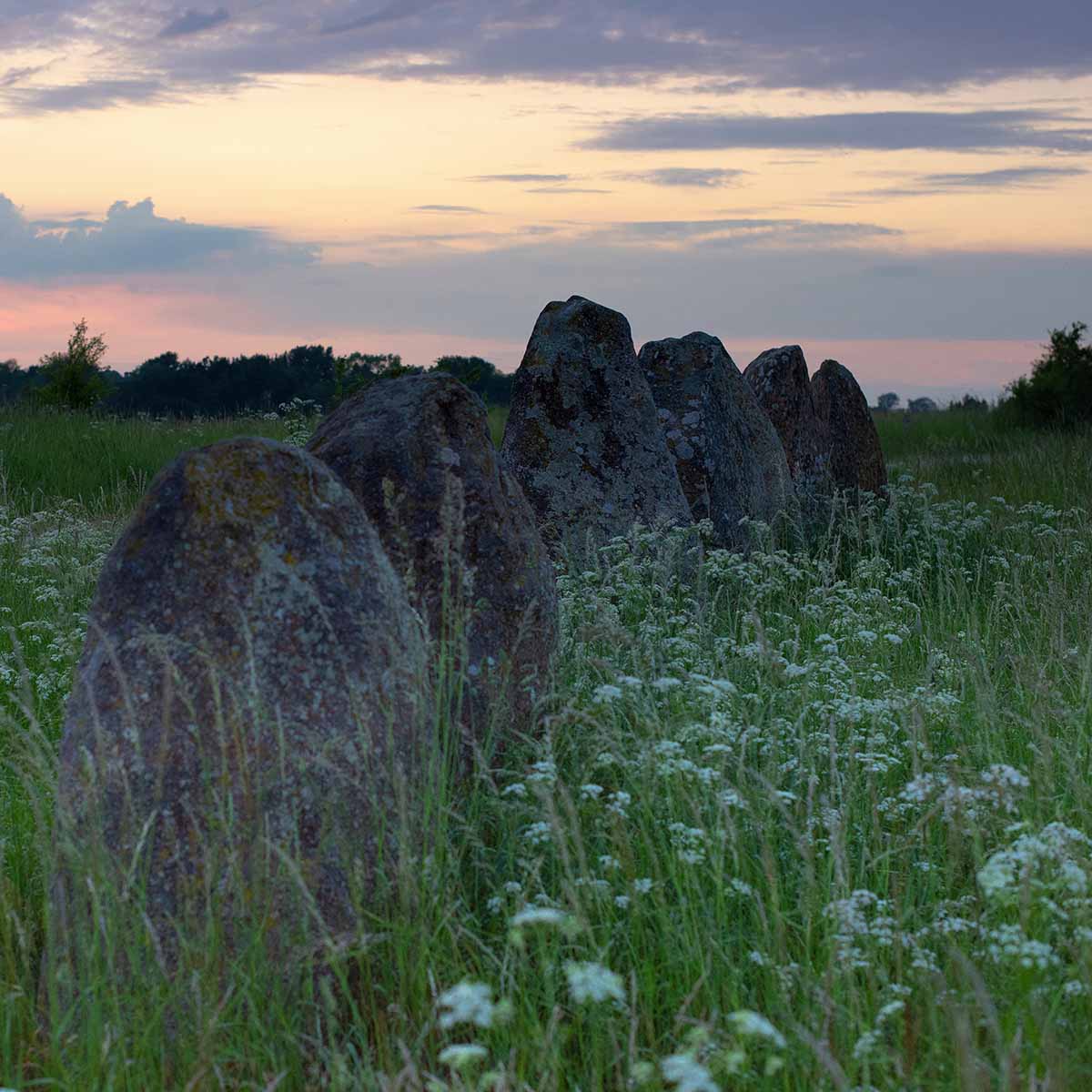
Unearthing History
In 1887, long after the end of the Viking Age, an old rusted blade was sold to the Danish National Museum for the price of merely 30 DKK. The seller was a Mr Wildman, who had found the weapon on the ground near the town of Osted in Lejre, Denmark. Today the blade is exhibited at Lejre Museum and is one of the central pieces of their exhibition. Well deserved! Regarding Viking Age weaponry, the Osted Sword is one of the finest examples of skill and craftsmanship so far known.
A Pattern Welded Blade
Upon a closer inspection of the Osted Sword, the central part of the blade glistens in the light as if demanding attention and awe. It is an arrow pattern that points towards the tip of the sword, constituting two bands of pattern welding – a technique where the smith folds iron and steel with differentiating carbon content to get the desired hardness and properties. The process also creates a distinct cosmetic effect in a flame-like pattern that most wealthy Vikings seem to have coveted. Pattern welding is an arduous technique and demands – today, as in the Viking Age – an exceptionally skilled artisan to master. A sword fit for a master collection!
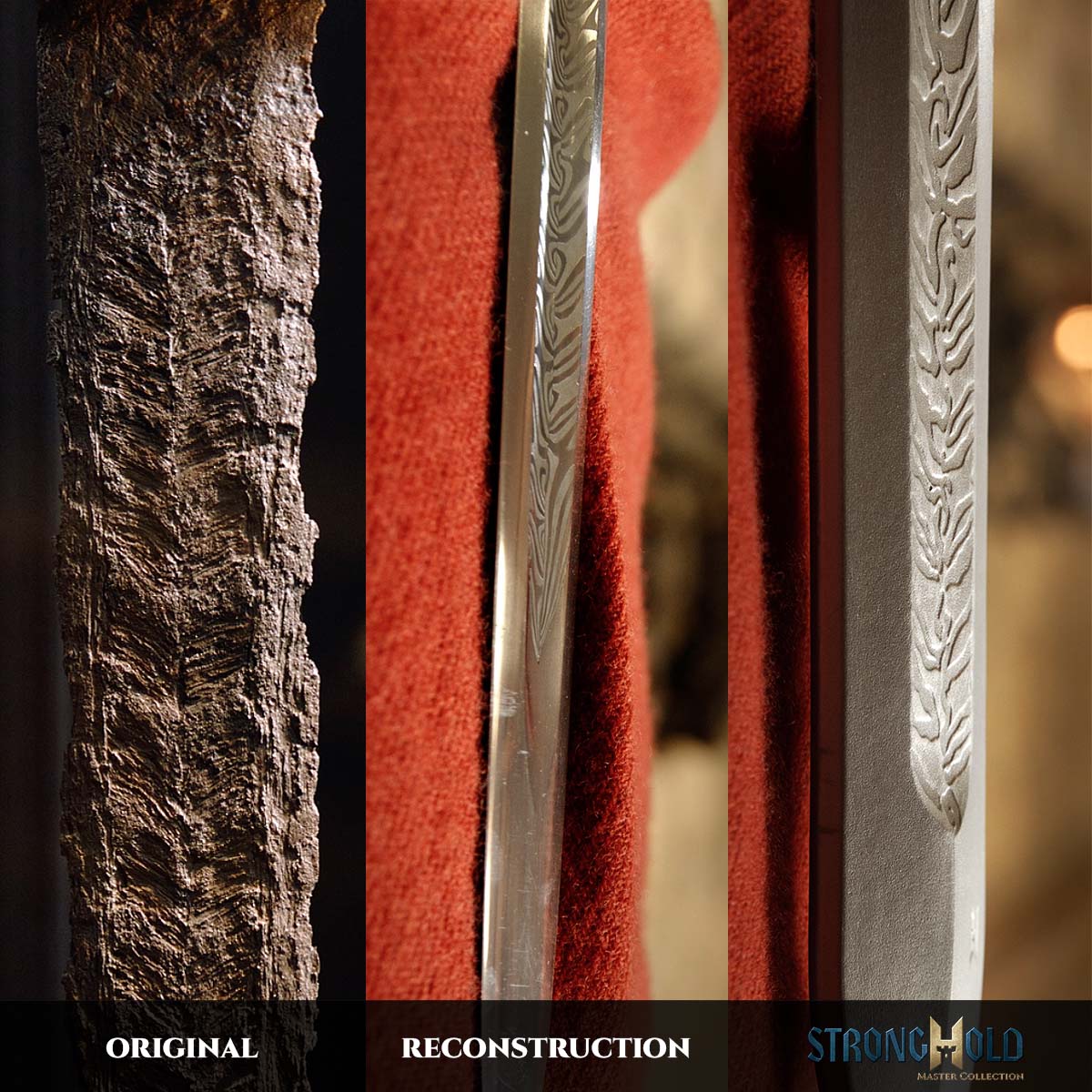
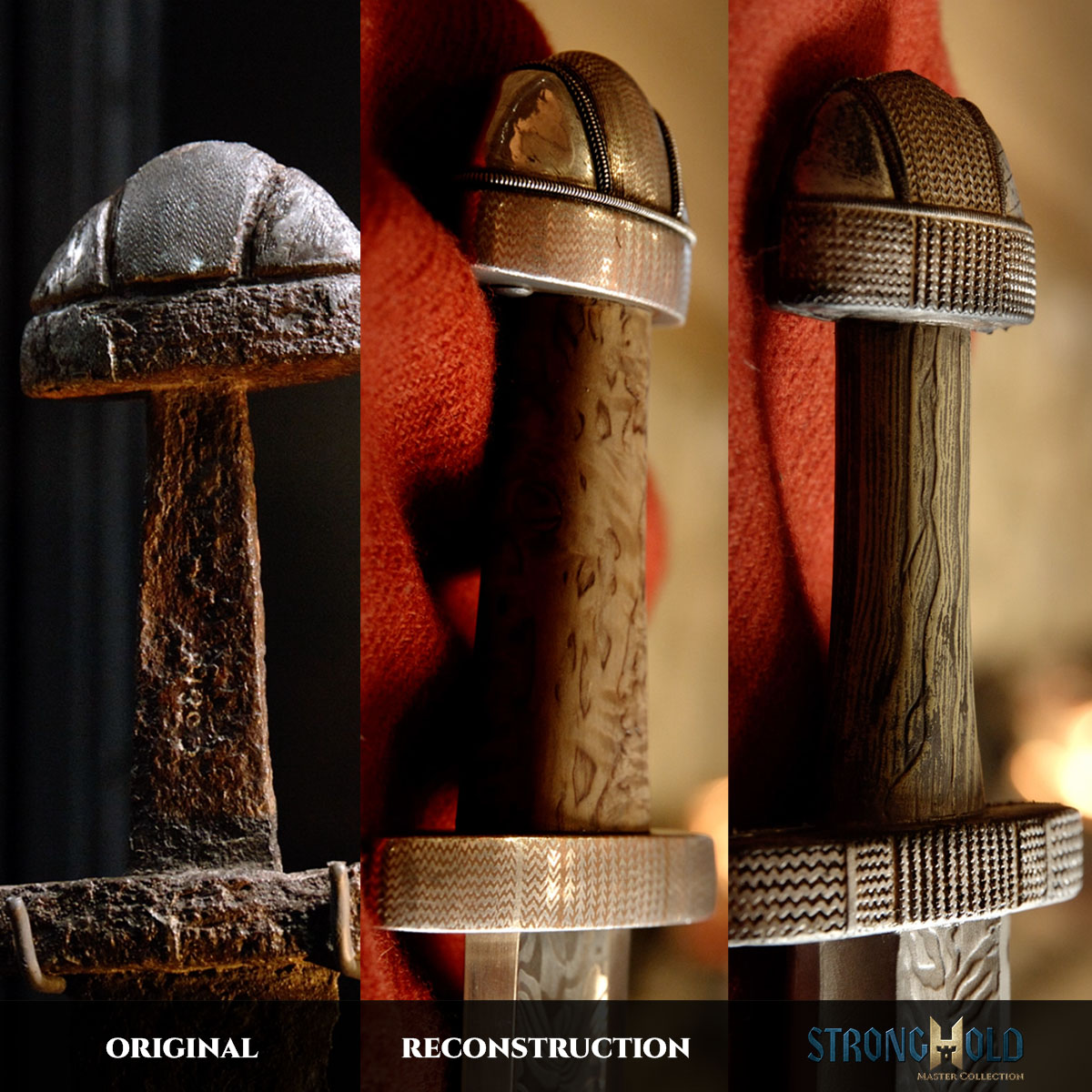
A Precious Pommel
In addition to the master-crafted blade, the pommel and upper guard are likewise artisan works of art. The decoration consists of herringbone patterns made from twisted silver wire, meticulously hammered onto the surface with extreme care for detail and expertise only few can claim. When turned towards a light source, the decoration shines and glimmers, displaying quality and prestige worthy of a ruler.

 Denmark
Denmark
 United States
United States
 United Kingdom
United Kingdom
 Germany
Germany
 Sweden
Sweden
 Norway
Norway
 Åland
Åland
 Australia
Australia
 Austria
Austria
 Belgium
Belgium
 Brazil
Brazil
 Bulgaria
Bulgaria
 Canada
Canada
 Canary Islands
Canary Islands
 Chile
Chile
 China
China
 Croatia
Croatia
 Cyprus
Cyprus
 Czech Republic
Czech Republic
 Estonia
Estonia
 Faroe Islands
Faroe Islands
 Finland
Finland
 France
France
 Greece
Greece
 Greenland
Greenland
 Hungary
Hungary
 Iceland
Iceland
 India
India
 Indonesia
Indonesia
 Ireland
Ireland
 Israel
Israel
 Italy
Italy
 Japan
Japan
 Kuwait
Kuwait
 Latvia
Latvia
 Lithuania
Lithuania
 Luxembourg
Luxembourg
 Malaysia
Malaysia
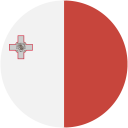 Malta
Malta
 Mexico
Mexico
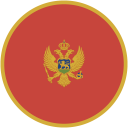 Montenegro
Montenegro
 Nepal
Nepal
 Netherlands
Netherlands
 New Zealand
New Zealand
 Pakistan
Pakistan
 Peru
Peru
 Poland
Poland
 Portugal
Portugal
 Georgia
Georgia
 Reunion
Reunion
 Romania
Romania
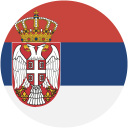 Serbia
Serbia
 Singapore
Singapore
 Slovakia
Slovakia
 Slovenia
Slovenia
 South Africa
South Africa
 South Korea
South Korea
 Spain
Spain
 Switzerland
Switzerland
 Taiwan
Taiwan
 Turkey
Turkey
 Ukraine
Ukraine
 Puerto Rico
Puerto Rico
 Honduras
Honduras
 Gibraltar
Gibraltar